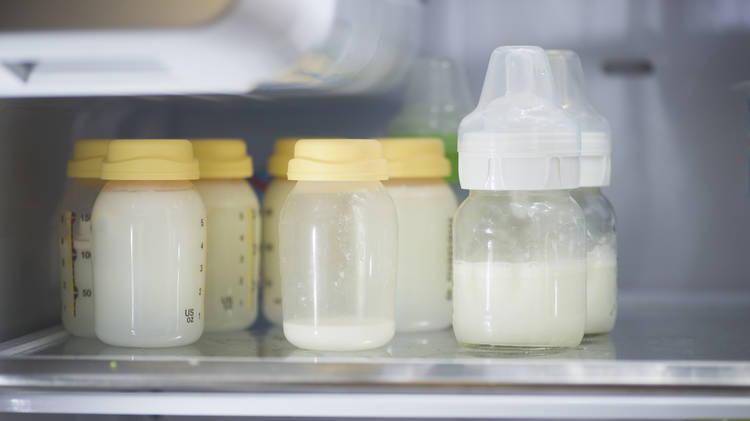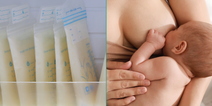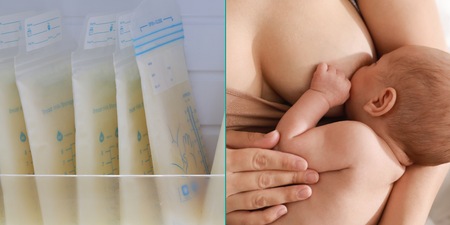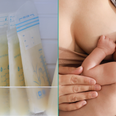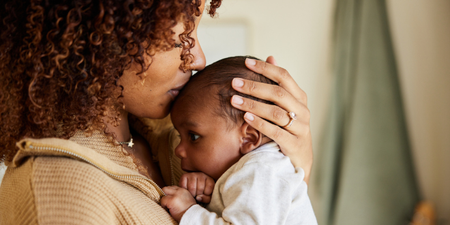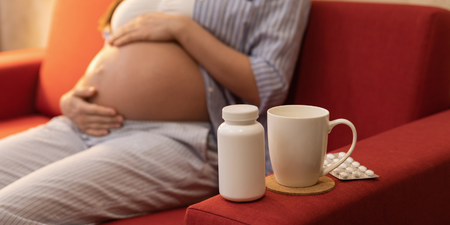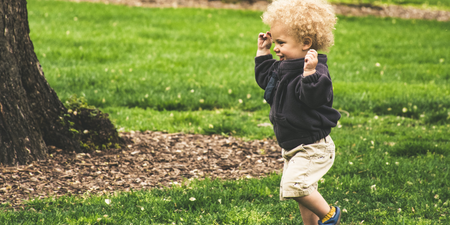If you have ever pumped breastmilk, you will know just how precious those drops are.
Which is why I am sure we all agree that not a drop must be wasted.
But when it comes to storing pumped breastmilk properly, do you know what to do with that ‘liquid gold’ you just produced? For instance – how long can it be left out for before you have to bin it? And how can you safely freeze it? Does it expire? Can your bring a bottle with you when you leave the house? How long can you leave it in the fridge?
Worried about ending up with spoiled milk? Here is what the HSE has to say about how to properly store breastmilk:
1. Store in small amounts
To minimise waste, store expressed breast milk in small amounts. This way, if your baby only takes a small amount, there won’t be as much waste. Storing in smaller amounts also means quicker defrosting time if your baby wants more.
2. Fresher is better
Fresh milk is best for your baby. This is milk that has been expressed and then refrigerated (put in a fridge). When this is not possible, freezing is a good option. Your breast milk contains essential enzymes, hormones and antibodies. These are vital for your baby’s normal growth, development and good health. Storing it safely makes sure those immune properties also help protect the milk from bacteria growth while it is being stored.
3. Used the correct containers
Use a clean container. Any container will do as long as it has an airtight seal and can be sterilised and labelled easily. You may also choose to use disposable single-use breast milk storage bags.
Specialized milk storage bags are very handy for storing small amounts of milk. You may need to double bag to protect the bag from ripping and to prevent freezer burn. You can also place the bags inside a container in your freezer to protect them.
Hard containers are made of plastic or glass. You lose fewer milk fats and antibacterial cells when you use a hard plastic or glass container. The drawback for this is that they can take up a lot of space in your freezer.
Wash, rinse and sterilise all containers before using them for milk storage, and label each container with the date you expressed the breastmilk.
4. Leave room at the top
Always leave about an inch of space at the top of the container to allow for expansion. Just like water for ice cubes, human milk expands when you freeze it. Hard containers can pop open as the milk expands and bags can break.
As for how long you can store breastmilk, HSE has the followign guidelines:
- sealed outside of the fridge for up to 4 hours in temperatures less than 20 degrees
- in a fridge for up to 5 days – place it on a shelf and not inside the door
- in a fridge freezer for 3 months
- in a deep freezer for up to 6 months
Howver, an easier way to remember it might be the “Rule of Fives” – as dietitian and certified lactation consultant Julie Cunningham recently explained to Purewow:
“It can stay at room temperature for five hours, stay in the refrigerator for five days, or stay in the freezer for five months.”
Lisa Paladino, a certified lactation consultant and midwife, also points out to the website that you should not be combining breast milk of different temperatures in the same container. “For example, freshly pumped milk shouldn’t be poured into a bottle in the refrigerator that is already cold or a bottle in the freezer that is already frozen,” she says. Instead, cool down the newly expressed milk before adding it to a half-full container. Also, don’t combine breast milk that was expressed on different days.
How to handle frozen breast milk
To thaw out frozen milk, place the container in the fridge the night before you’ll need it or gently warm the milk by placing it under warm running water or in a bowl of warm water. Do not defrost the breastmilk at room temperature.
Once it’s thawed properly, it can be left at room temperature for one to two hours, according to the US Centre for Disease Control. If it’s sitting in the fridge, be sure to use within 24 hours, and don’t refreeze it.
Also, it is worth remembering to never defrost or heat up breastmilk in a microwave, both because it can scald a baby’s mouth, but also because microwaving kills the live antibodies in the breast milk that are so good for the baby.
